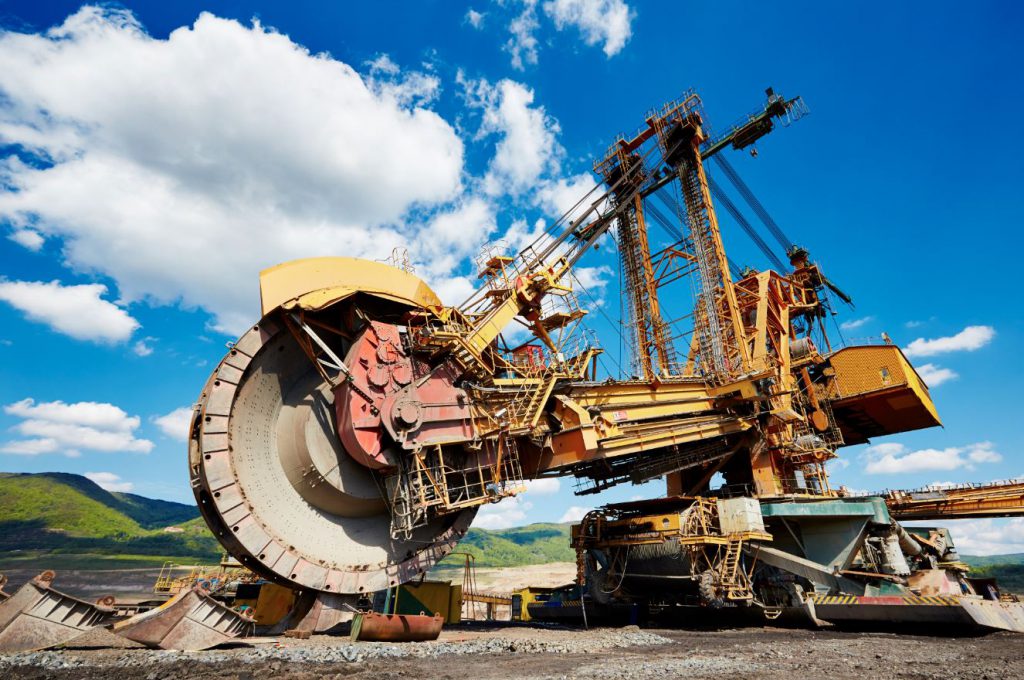Russia eyes big plans for coal production and exports

by Eugene Gerden
Russia plans to increase its domestic coal production up to 448-530 million tonnes annually until 2024 and up to 485-668 million tonnes annually until 2035, according to the recently presented draft of state strategy for Energy Development of Russia until 2035.
The new strategy was designed by the Russian Ministry of Energy. In addition to a significant increase of domestic production within the next 15 years, plans call for a doubling of exports during this time.
Russia has seen success in its coal sector in recent years. For example, in 2019 coal production in the country was expected to exceed 440 million tonnes which would be the highest figure for the country in the last 11 years. This, however, is just the beginning. In accordance with the new strategy, domestic coal consumption in Russia will increase by over 12% by 2035 compared to the current figures (up to 196 million tonnes) while the share of Russian coal in the global export market grows from the current 11% to 25%.
The major markets for Russian coal will continue to be the Asia-Pacific states, Southeast Asia, the Middle East and Africa. The Russian government, together with leading domestic coal producers, places big hopes on these markets, despite the recently announced plans of some major global coal consumers and producers, such as China and India, to reduce their share in the coal sector in their overall energy structure within the next decade.
That may create serious difficulties during the implementation of Russia’s ambitious exports plans, taking into account the recent predictions of Deloitte Russia which has stated that the share of coal in power generation in Western markets will decline to almost zero within the next several years.
In the meantime, analysts at the Russian Ministry of Energy and some independent experts in the energy sector also believe that, in order to increase its exports, Russia should push other players out of the market. The latter, according to them, will mainly depend on the ability of Russia to maintain its production costs at the current, low level.
While the costs of coal production in Russia are among the world’s lowest (with the high quality of obtained products), high transportation expenditures, primarily on rail transport, makes the final price of Russian coal almost comparable to the prices offered by some of Russia’s major global competitors, namely Australia, Indonesia and South Africa.
Analyst hopes are placed on steam coal, the global demand for which, according to predictions of the majority of analysts, will continue to grow in the years to come, although at rates not higher 1%-3% per annum.
Still, the current situation with steam coal in Russia is complicated by low prices for it at global markets, which in July 2019 fell to the lowest figures since June 2016 to only US $47 per tonne. This, according to analysts, is below the breakeven level of the majority of coal producers in Russia.
Meanwhile, in order to diversify its coal supplies by paying more attention to the East, Russia plans to start more active development of its railway and port infrastructure. This will involve expansion of the capacity of the Trans-Siberian Railway and the Baikal-Amur Railway.
Analysts also believe implementation of these plans may be complicated by Russia’s recently declared plans to increase gas exports. At the beginning of December 2019, Gazprom started supplying gas to China through what is known as the Power of Siberia, a Gazprom-operated pipeline in Eastern Siberia that transports natural gas from Yakutia to Primorsky Krai and China.
